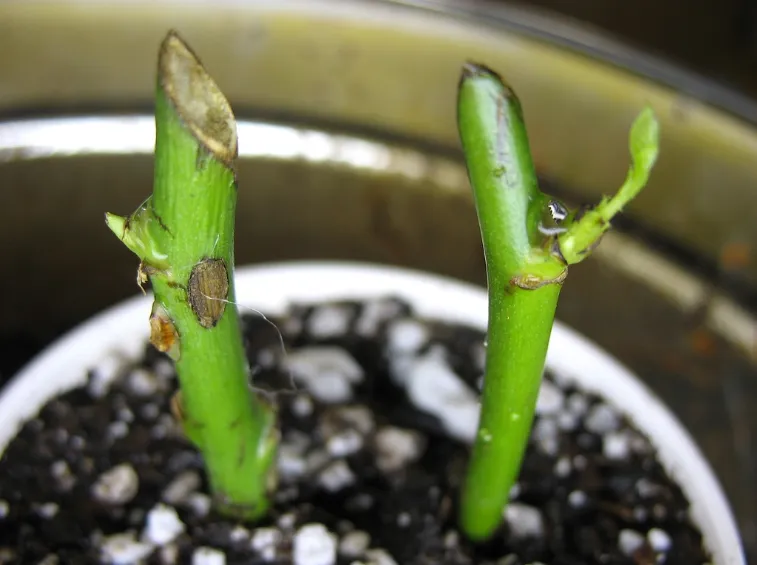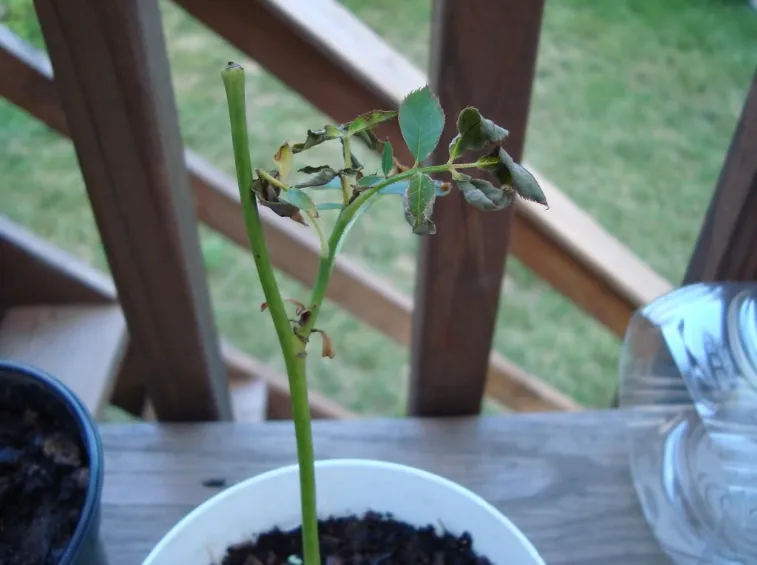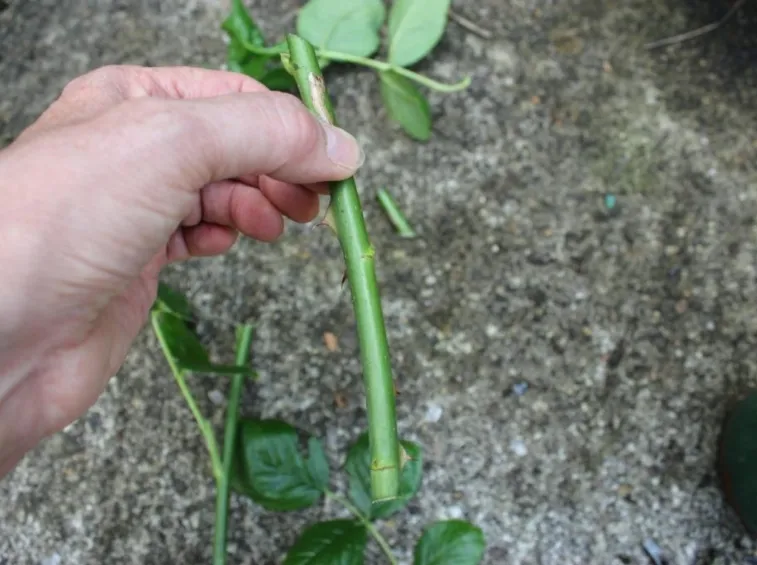Reproduce roses by cuttings
Roses by cuttings
One of the methods of reproduction più used for roses è undoubtedly the cutting, an agamic reproduction method that allows to keep intact the genetic patrimony of the mother plant and to have a new individual identical in DNA and physiognomy to the mother plant. The such of roses is not è l’ the only way to reproduce the roses in an agamic way sinceé agamic reproductions can also be made through grafting, offshoot or layering. Without doubt the reproduction by cutting è one of the più used, partly becauseé è quite simple to make and partly becauseé gives a good guarantee in the results. Let us now see più in detail what is needed and how the rose cuttings are made.
Tools for cuttings of roses
Before starting to perform a cutting of roses we must equip ourselves with a series of indispensable tools to carry out these operations. First of all we must take shears and take care to disinfect them well to avoid the transmission of any fungi and bacteria. Always make sure that the cutting tools, which can be shears but also scissors or a knife, are always very sharp and we have a smooth and intact blade. The cut, in the cuttings as in the pruning of roses, must in fact be the più clear, decisive and intact as possible. In addition to the cutting tools to make the cuttings we also need mastic or wax, rooting hormones, soil with good texture able to absorb and maintain a certain degree of humidity.
When to make rose cuttings
If we want to try to make some cuttings of roses we must know clearly when’ è the suitable period to intervene. The best times to reproduce roses by cuttings are the autumn months between early September and the end of October and the month of March. The conditions of the period September-October are certainly more severe; stable and greatly facilitate the success of the cuttings. However, the cuttings made in March can count on a più number; high in branches and material (we have all the waste material of the prunings available) and therefore despite having a probabilityà of the success of the più cuttings; low, we can always count on a large number of individuals.
Make a cutting
Beyond là of the type of cutting that we must go to make, be it a woody cutting, a semi-woody cutting, such a herbaceous cutting or a root cutting, there are steps and measures that are the same for all the cuttings. First, the branch to be used to make the cuttings must be thick enough and at least 20-30 centimeters long. The branch from which to make the cutting mustà be cut just below a gem sinceé sarà it is from this gem that the new cells that will form the roots will differ from the meristematic cells. The andrà branch; cut neatly and decisively, without producing fraying on the portion of the cutting and on the branch, and moreover it must be sharp; have a gem two at most. These fraying can in fact be one of the main causes of the poor success of a cutting. After cutting the branch cleanly, we must reduce the number of leaves trying to leave only the few apical leaves as an excessive number of leaves could cause severe dehydration in the plant. Now è the time to prepare the soil for growing cuttings that will goà made using a well-textured draining soil. Usually for the cuttings we use a mix of 2/3 gardening soil (medioperlite) and 1/3 sand. This mix è l’ ideal compromise between a soil that is too compact and a soil that is too soft and manages to retain l’ water and l’ humidityà enough to develop the roots and prevent them from rotting.



